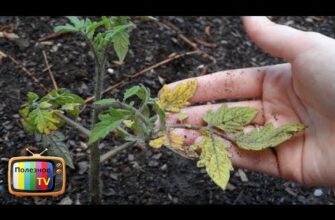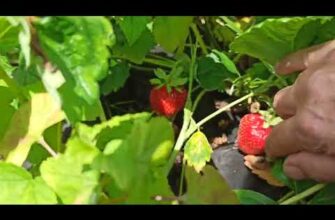- Важность фитоспороза и ухода за баклажанами
- Подготовка грунта и выбор сорта
- Схема посадки баклажанов
- Правильный полив и увлажнение
- Регулярное подкормка растений
- Борьба с вредителями и болезнями
- Обрезка и формирование куста
- Защита от перегрева и холода
- Уход за плодами и сбор урожая
- Зимняя подготовка баклажанов
- Периодичность обработки растений
- Сохранение качества почвы
- Оптимальные условия для роста баклажанов
- Солнечное место
- Плодородный грунт
- Правильный полив
- Предупреждение фитоспороза
- Вопрос-ответ:
- Каким образом можно предотвратить фитоспороз у баклажанов?
- Как правильно ухаживать за баклажанами в открытом грунте?
- Какие симптомы свидетельствуют о поражении баклажанов фитоспорозом?
- Какие специальные препараты можно использовать для борьбы с фитоспорозом у баклажанов?
- Какие условия необходимы для хорошего роста и развития баклажанов в открытом грунте?
- Видео: Первый уход за БАКЛАЖАНАМИ после высадки! Советы от ЗЕЛЕНОГО ОГОРОДА!
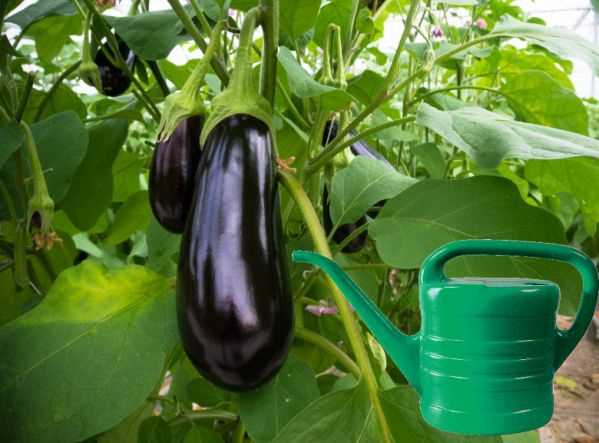
Баклажаны — это одна из самых популярных культур, которые выращивают в открытом грунте. Они являются не только вкусным и питательным продуктом, но и урожай, на который многие садоводы и огородники полагаются. Однако, чтобы получить хороший урожай баклажанов, необходимо правильно ухаживать за ними и предотвращать развитие фитоспороза.
Фитоспороз — это опасное заболевание, которое может серьезно испортить урожай баклажанов. Оно вызывается грибком, который может размножаться и распространяться в грунте. Чтобы предотвратить развитие фитоспороза, необходимо принять ряд мер предосторожности. Во-первых, следует выбирать здоровые семена или саженцы баклажанов, чтобы не заражать грунт заболеванием.
Важно также обеспечить баклажанам правильный уход в открытом грунте. Они требуют регулярного полива, рыхления почвы, а также подкормок. Баклажаны любят солнечные места и тепло, поэтому их необходимо высаживать в открытый грунт, когда прошла угроза заморозков. Кроме того, рекомендуется подкладывать под баклажаны мульчу, чтобы сохранить тепло и влагу в почве.
Специалисты также рекомендуют обрабатывать баклажаны против фитоспороза специальными препаратами. Это поможет предотвратить развитие заболевания и сохранить урожай. Однако, необходимо следить за инструкцией по применению препарата и не превышать дозу, чтобы не нанести вред растениям.
Следуя этим рекомендациям, вы сможете предотвратить фитоспороз и обеспечить хороший уход за баклажанами в открытом грунте. Не забывайте о регулярном осмотре растений и своевременных мероприятиях по борьбе с вредителями и болезнями. Таким образом, вы сможете получить богатый и качественный урожай баклажанов, который порадует вас и ваших близких.
Важность фитоспороза и ухода за баклажанами
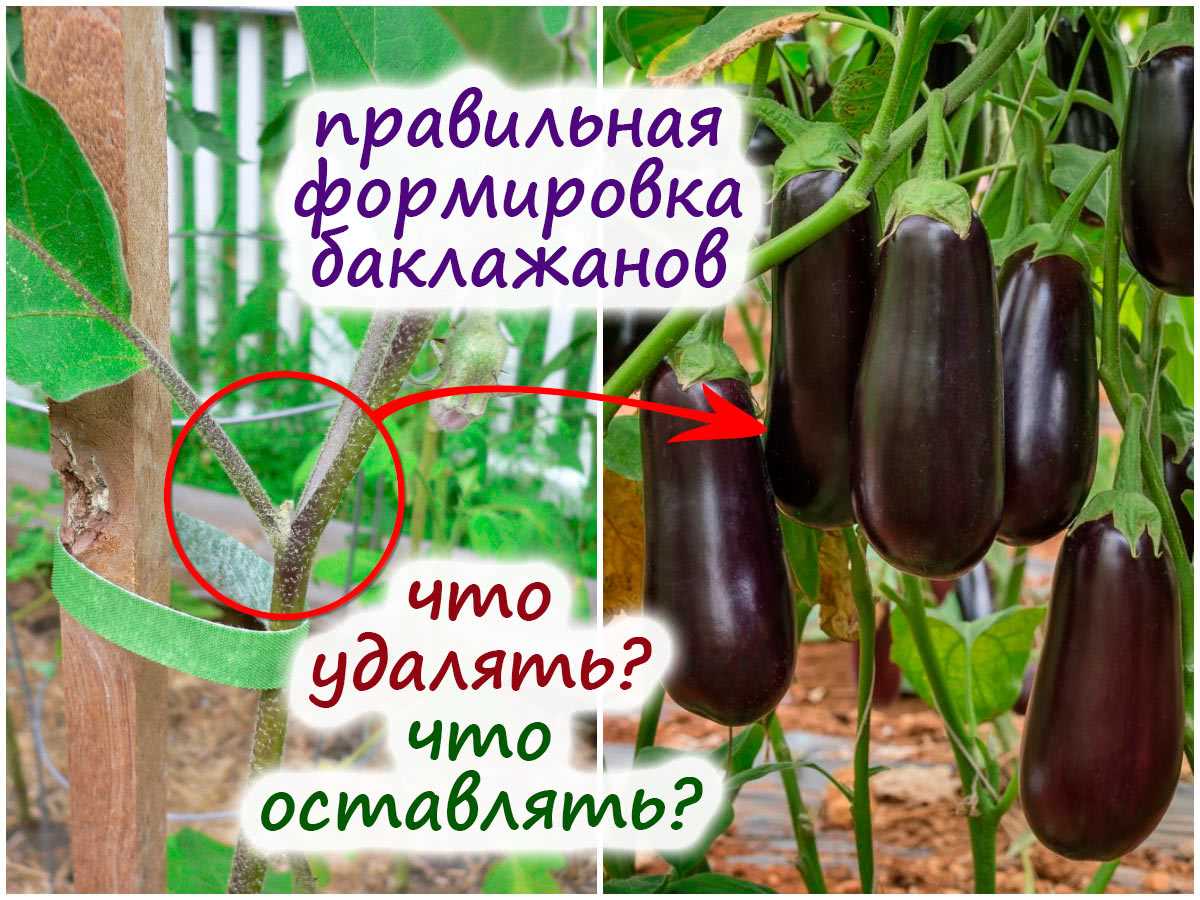
Фитоспороз — это опасное заболевание, которое может серьезно испортить урожай баклажанов. Оно вызывается грибком, который атакует растения и приводит к увяданию и гибели. Поэтому уход за баклажанами в открытом грунте должен включать профилактические и лечебные меры, чтобы предотвратить появление и распространение фитоспороза.
Один из основных способов борьбы с фитоспорозом — это правильное ухаживание за баклажанами. Растения нужно регулярно осматривать на наличие признаков заболевания, таких как пятна на листьях или плодах, увядание и потеря урожая. Если вы обнаружили подобные признаки, необходимо немедленно принять меры.
Важно обеспечить хорошую вентиляцию и освещение для баклажанов, чтобы предотвратить развитие грибка. Постоянное проветривание и удаление поврежденных или больных листьев помогут снизить риск заражения фитоспорозом. Также регулярное поливание и подкормка растений позволят им быть здоровыми и устойчивыми к заболеваниям.
Помимо ухода за баклажанами, необходимо следить за здоровым состоянием почвы. Регулярное рыхление и удаление сорняков помогут избежать создания благоприятной среды для развития грибка. Также можно использовать специальные препараты для защиты растений от фитоспороза.
Все эти меры помогут предотвратить появление и распространение фитоспороза, обеспечить здоровый рост и урожай баклажанов. Поэтому не забывайте ухаживать за своими растениями и регулярно проверять их состояние, чтобы своевременно принять необходимые меры и избежать проблем с фитоспорозом.
Подготовка грунта и выбор сорта
Для успешного выращивания баклажанов в открытом грунте необходимо правильно подготовить почву. Сначала следует очистить участок от сорняков и других растений, чтобы они не конкурировали с баклажанами за питательные вещества. Затем рекомендуется провести обработку грунта, поверхность которого может быть испорчена из-за зимних морозов или других погодных условий.
Подготовка грунта включает в себя рыхление почвы, добавление удобрений и создание оптимальных условий для роста растений. Для баклажанов идеальным вариантом является легкая, плодородная почва с хорошим дренажем. В таком грунте корни растений смогут развиваться лучше и получать достаточное количество влаги и питательных веществ.
При выборе сорта баклажанов стоит учитывать климатические условия региона, где будет производиться выращивание. Некоторые сорта более устойчивы к низким температурам, что особенно важно для открытого грунта. Также следует обратить внимание на размеры и форму плода, его вкусовые качества и сроки созревания. Выбрав подходящий сорт, можно быть уверенным в хорошем урожае баклажанов.
Схема посадки баклажанов
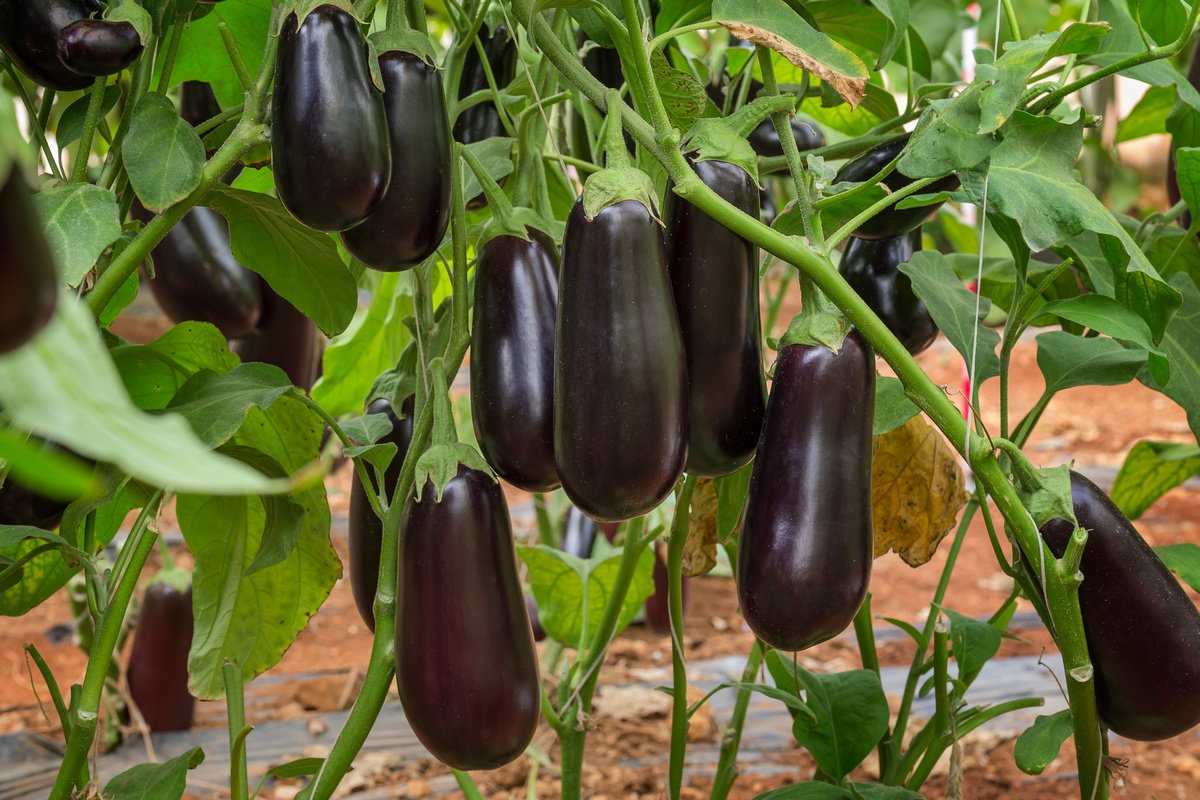
Правильная схема посадки баклажанов в открытом грунте является одним из важных моментов для предотвращения фитоспороза и обеспечения качественного ухода за растениями.
Перед посадкой баклажанов необходимо выбрать площадку с хорошим освещением и защитой от сквозняков. Оптимальное расстояние между растениями составляет 50-60 см, чтобы их корни имели достаточно места для развития.
Рекомендуется высаживать баклажаны в грунт после окончания угрозы заморозков, когда почва прогреется до +15 градусов по Цельсию. Перед посадкой стоит обработать почву органическим удобрением и подкормить баклажаны комплексным удобрением, чтобы обеспечить растения необходимыми питательными веществами.
Ухаживать за баклажанами в открытом грунте следует регулярно поливая растения, не допуская переувлажнения грунта. Также необходимо проводить обрезку побегов и подвязывать стебли, чтобы предотвратить их повреждение и деформацию. Регулярное снятие почвы и удаление сорняков поможет предотвратить рост сорняков и сохранить урожай баклажанов в отличном состоянии.
Правильный полив и увлажнение
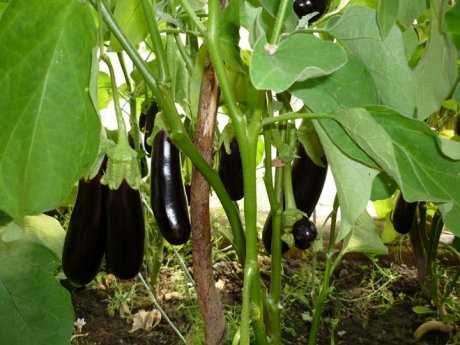
Один из ключевых аспектов в уходе за баклажанами в открытом грунте – правильный полив и увлажнение. Недостаток или избыток влаги может серьезно испортить урожай и здоровье растений. Основная задача в поливе баклажанов состоит в том, чтобы поддерживать постоянный уровень влажности грунта, не допуская его пересыхания или переувлажнения.
Для полива баклажанов рекомендуется использовать натуральную воду, которая не содержит хлора или других химических добавок. Лучше поливать растения утром или вечером, когда солнце не так активно, чтобы избежать ожогов на листьях. Полив должен быть равномерным, чтобы влага достигала корневой системы и не оставляла засушливые пятна на грунте.
Для более эффективного удержания влаги в грунте можно использовать мульчирование. Покрывая почву слоем мульчи, например, из соломы или торфа, вы сможете сохранить влагу в почве и предотвратить ее быстрое испарение. Также рекомендуется установить систему капельного полива, которая позволит подавать воду непосредственно к корням растений, минимизируя потери влаги.
Регулярное подкормка растений
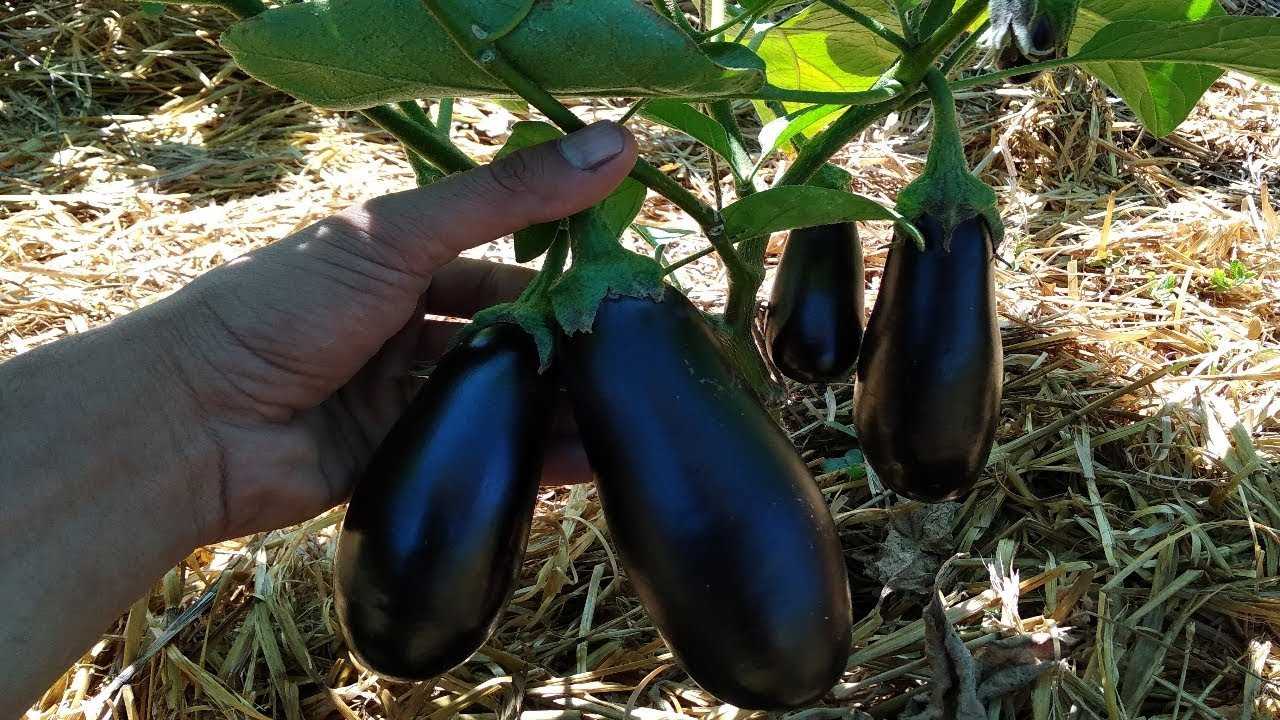
Для предотвращения фитоспороза и обеспечения качественного ухода за баклажанами в открытом грунте очень важно регулярно подкармливать растения. Подкормка является неотъемлемой частью процесса выращивания баклажанов и позволяет усилить их иммунитет к различным болезням, включая фитоспороз.
Фитоспороз — это опасное заболевание, которое может серьезно повлиять на урожай баклажанов. Оно вызывается грибком, который проникает в растение через поврежденные участки кожицы. Подкормка способствует укреплению иммунной системы растений, что позволяет им более успешно справляться с вредителями и болезнями.
Для подкормки баклажанов можно использовать органические и минеральные удобрения. Органические удобрения, такие как компост или перегной, содержат множество полезных микроэлементов и способствуют обогащению почвы. Минеральные удобрения содержат необходимые растению минералы, такие как азот, фосфор и калий, и позволяют быстро дополнить их запасы в почве.
Для эффективной подкормки растений рекомендуется проводить ее несколько раз в сезон, начиная с момента появления первых побегов. При этом необходимо учитывать состояние почвы и потребности растений. Регулярная подкормка поможет предотвратить фитоспороз и обеспечить баклажанам необходимые питательные вещества для полноценного роста и развития.
Борьба с вредителями и болезнями
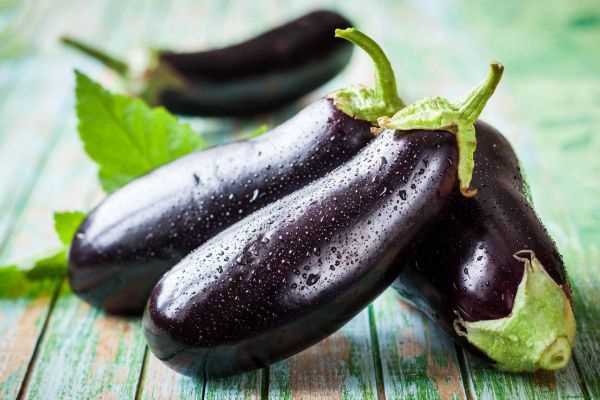
Защита урожая от вредителей и болезней является важной частью ухода за баклажанами в открытом грунте. Один из наиболее опасных врагов – фитоспороз, который может серьезно испортить урожай.
Для предотвращения фитоспороза необходимо принимать ряд мер. Во-первых, следует ухаживать за растениями, регулярно осматривая их на наличие признаков болезни. Если заметите пятна на листьях или плодах, необходимо удалить пораженные части растения.
Во-вторых, рекомендуется использовать специальные препараты для защиты от фитоспороза. Они могут быть в виде средств для обработки растений или применяться в качестве превентивной меры. Важно соблюдать инструкции по применению и не превышать дозировку.
Кроме того, полезно применять меры для борьбы с другими вредителями, такими как тля, клещи и гусеницы. Для этого можно использовать органические инсектициды или применять механическое удаление вредителей.
Важно помнить, что борьба с вредителями и болезнями – это процесс постоянный и требующий внимания. Регулярно проверяйте растения, принимайте меры предотвращения и своевременно реагируйте на появление проблем. Только так можно обеспечить здоровый и плодоносный урожай баклажанов в открытом грунте.
Обрезка и формирование куста

Один из важных аспектов ухода за баклажанами в открытом грунте — это обрезка и формирование куста. Это необходимо для достижения максимального урожая и предотвращения фитоспороза, который может испортить урожай.
Во время роста баклажанов необходимо регулярно удалять боковые побеги, которые появляются в пазухах листьев. Это позволит кусту сосредоточить все свои силы на развитии главного стебля и плодов.
Также стоит обратить внимание на высоту куста. Если он станет слишком высоким, то дальнейшее его вытягивание может привести к возникновению проблем с устойчивостью и повышенной подверженностью фитоспорозу. Поэтому рекомендуется обрезать верхушку куста, когда он достигнет желаемой высоты.
Кроме того, стоит проводить прореживание куста, удаляя лишние плоды и побеги. Это позволит кусту сконцентрировать свои ресурсы на развитии качественных плодов и предотвратит развитие фитоспороза.
Так стоп!!! Вы всё ещё не подписаны на наши каналы в Телеграмм и Дзен? Посмотрите: ТГ - (@historyfantasydetectivechat) и Дзен (https://dzen.ru/myshortsstorys)
Важно помнить, что обрезка и формирование куста — это процесс, который требует опыта и некоторых знаний. Поэтому перед приступлением к этим процедурам, стоит проконсультироваться с опытным садоводом или ознакомиться с соответствующей литературой.
Защита от перегрева и холода
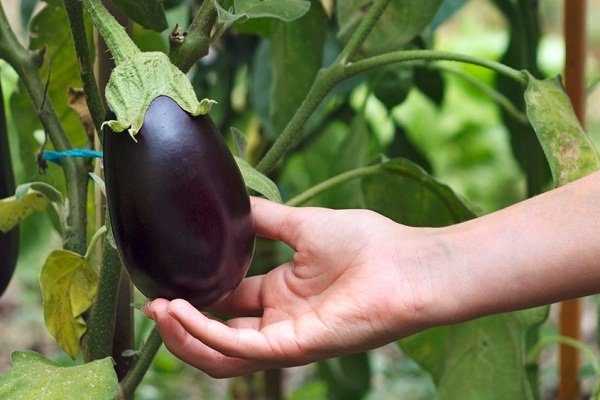
Чтобы обеспечить защиту баклажанов от перегрева и холода в открытом грунте, необходимо принять несколько мер:
- Выбрать подходящее место для посадки баклажанов. Они предпочитают открытые и солнечные участки, но нуждаются в защите от сильных ветров.
- Защитить баклажаны от перегрева, используя мульчирование. Нанесение слоя мульчи на грунт вокруг растений поможет сохранить уровень влаги и снизить температуру почвы.
- В случае непогоды с низкими температурами, необходимо обеспечить баклажанам дополнительную защиту. Можно использовать укрытия, такие как пленочные теплицы или специальные агроволокна, чтобы предотвратить заморозки и сохранить тепло.
Важно также ухаживать за баклажанами, чтобы они были здоровыми и устойчивыми к фитоспорозу:
- Регулярно поливайте растения, обеспечивая достаточный уровень влаги в почве.
- Удаляйте сорняки и остатки растений, чтобы предотвратить развитие болезней и вредителей.
- Обрабатывайте растения биологическими или химическими средствами, чтобы предотвратить появление фитоспороза и других болезней.
Следуя этим рекомендациям, вы сможете обеспечить надежную защиту баклажанов от перегрева и холода, а также получить богатый урожай здоровых растений.
Уход за плодами и сбор урожая
После успешного выращивания баклажанов в открытом грунте, необходимо правильно ухаживать за растениями, чтобы избежать возможных проблем, таких как фитоспороз и испорченный урожай.
Одной из важных задач является своевременный сбор плодов баклажанов. Плоды следует собирать, когда они достигли оптимального размера, когда кожица стала гладкой и кожица не приобрела темную окраску. Созревшие плоды необходимо аккуратно отрезать от растения, чтобы не повредить стебель.
При сборе урожая следует избегать перегревания плодов под прямыми солнечными лучами, поскольку это может привести к их перегреву и испорченному вкусу. Чтобы сохранить свежесть и качество плодов, рекомендуется собирать их в прохладное время суток.
Также, регулярный осмотр плодов и удаление поврежденных или пораженных фитоспорозом экземпляров является неотъемлемой частью ухода за баклажанами. Поврежденные плоды следует немедленно удалить и уничтожить, чтобы предотвратить распространение болезни на здоровые растения.
Зимняя подготовка баклажанов
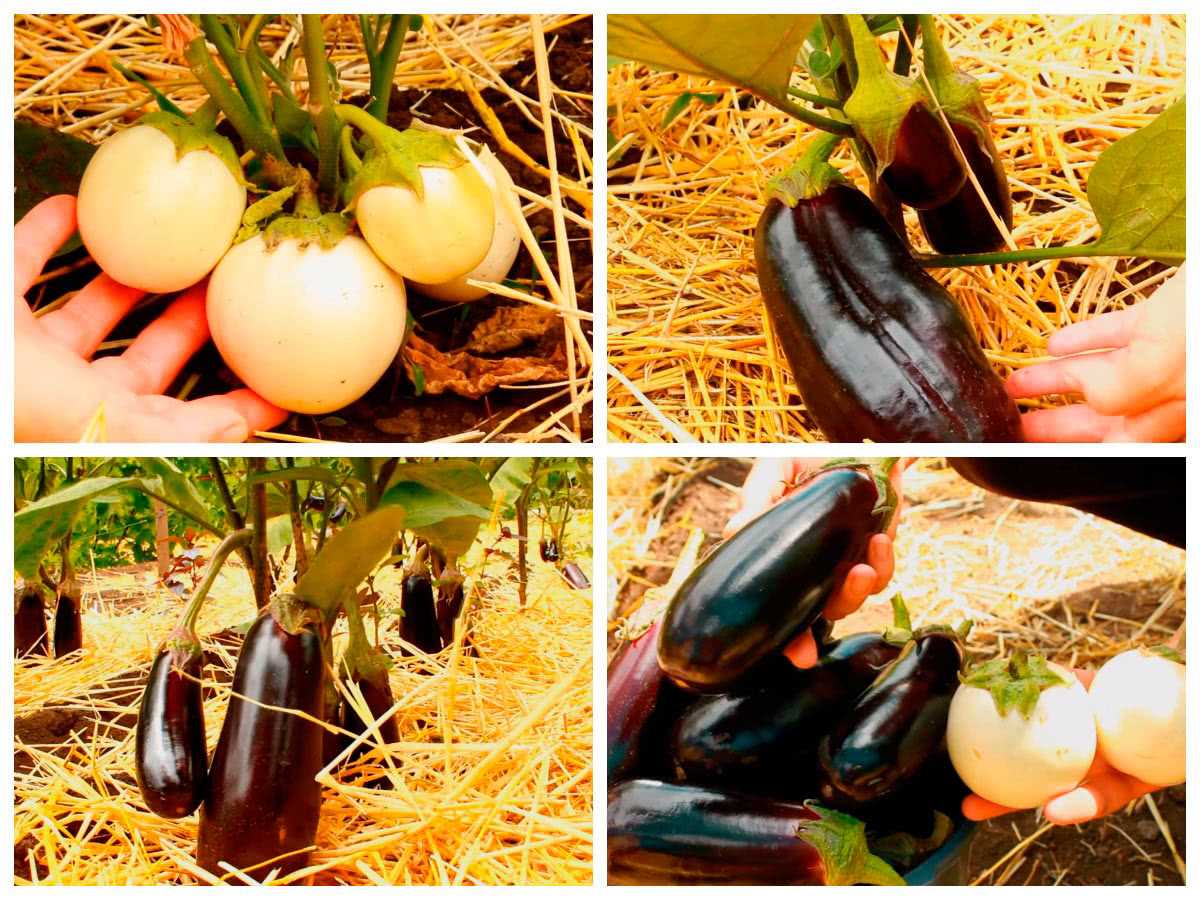
Одной из основных проблем, с которыми сталкиваются садоводы, является фитоспороз — опасное заболевание, которое может серьезно испортить урожай баклажанов. Чтобы избежать его появления, необходимо предпринимать меры по уходу за баклажанами в открытом грунте уже зимой.
Первым шагом в подготовке баклажанов к зиме является удаление всех остатков растений с грядки. Это поможет избежать возможности перезимовки возбудителей фитоспороза на растительных остатках.
Вторым шагом является аппликация комплексной микроудобрений, которые способствуют укреплению растений и повышению их защитных функций. Рекомендуется провести такую аппликацию в конце осени, перед наступлением морозов.
Третьим шагом будет проведение мульчирования грядки. В качестве мульчи можно использовать опилки, солому или перегной. Такое покрытие поможет удерживать тепло в почве, а также защитит корни растений от холода.
Четвертым шагом в зимней подготовке баклажанов является обязательное укрытие растений от возможных морозов. Для этого можно использовать специальные агроволокна или непромокаемый материал. Важно, чтобы растения были полностью закрыты, чтобы избежать промерзания их стеблей и корней.
Периодичность обработки растений
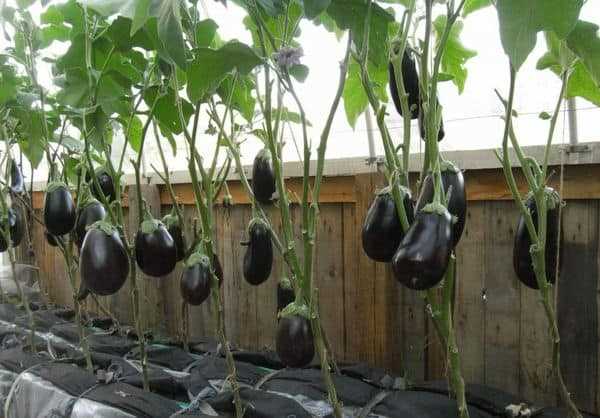
Ухаживать за баклажанами в открытом грунте включает в себя обязательную обработку растений. Одним из наиболее опасных заболеваний для баклажанов является фитоспороз. Чтобы предотвратить его появление и сохранить урожай, необходимо регулярно обрабатывать растения.
Периодичность обработки зависит от нескольких факторов, включая погодные условия, степень поражения растений и наличие вредителей. В начале вегетации рекомендуется проводить профилактическую обработку растений с использованием препаратов, предотвращающих развитие фитоспороза.
Во время цветения и плодоношения растения нужно обрабатывать раз в 10-14 дней, чтобы предотвратить распространение заболевания. В случае обнаружения первых признаков фитоспороза, необходимо сразу приступить к обработке растений, чтобы предотвратить его дальнейшее распространение.
Помимо обработки химическими препаратами, рекомендуется также использовать биологические средства защиты, которые меньше негативно влияют на окружающую среду и сохраняют качество урожая. При выборе препаратов следует руководствоваться рекомендациями производителей и учитывать особенности фитосанитарной ситуации в регионе.
Сохранение качества почвы

Уход за баклажанами в открытом грунте требует особого внимания и заботы. Одной из важных составляющих успеха является сохранение качества почвы. Если почва испортилась, то растения становятся более уязвимыми к различным болезням, включая фитоспороз.
Чтобы сохранить качество почвы, необходимо правильно ухаживать за баклажанами. Во-первых, регулярно проводите мульчирование. Это поможет сохранить влагу в почве, предотвратит ее пересыхание и защитит корни от перегрева. В качестве мульчи можно использовать солому, опилки, компост или другие органические материалы.
Во-вторых, регулярно проводите аэрацию почвы. Это поможет улучшить ее воздухообмен и позволит корням баклажанов получать достаточно кислорода. Для аэрации можно использовать специальные инструменты или просто рыхлить почву вокруг растений.
В-третьих, следите за составом почвы и регулярно проводите ее удобрение. Баклажаны требуют достаточного количества питательных веществ для нормального роста и развития. Используйте органические и минеральные удобрения для поддержания оптимального состояния почвы и здоровья растений.
Оптимальные условия для роста баклажанов
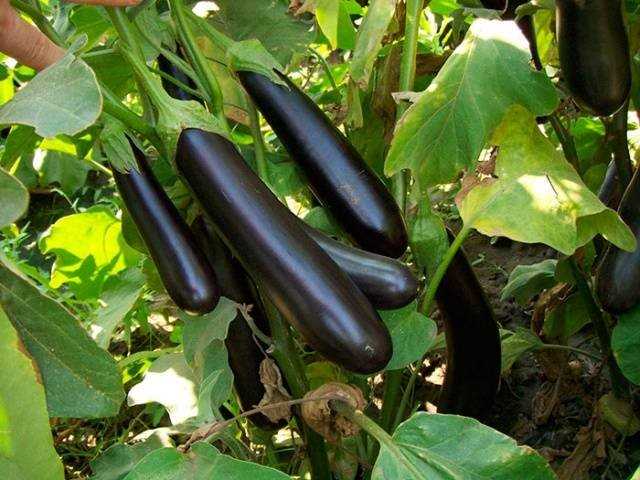
Для успешного роста и развития баклажанов в открытом грунте и предотвращения фитоспороза необходимо создать оптимальные условия. Это поможет избежать испорченного урожая и обеспечить достойный уход за растениями.
Солнечное место
Баклажаны любят свет и тепло, поэтому выбирайте для их выращивания открытые участки, где растения будут получать достаточное количество солнечного света. Недостаток света может привести к замедленному росту и ухудшению качества плодов.
Плодородный грунт
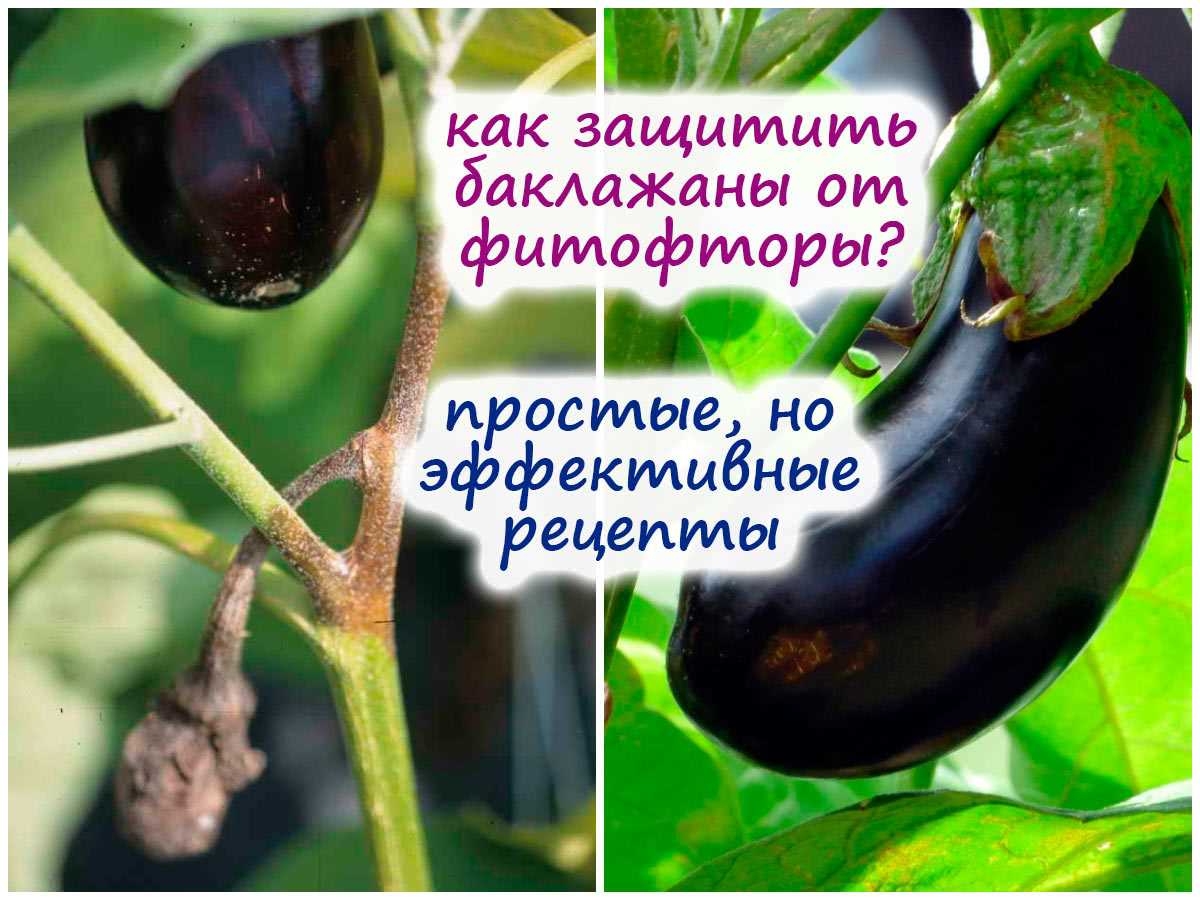
Для баклажанов лучше всего подходит плодородный грунт с хорошей воздухопроницаемостью и умеренной влажностью. При посадке растений обогатите почву органическими удобрениями, чтобы обеспечить им необходимые питательные вещества для полноценного роста.
Правильный полив
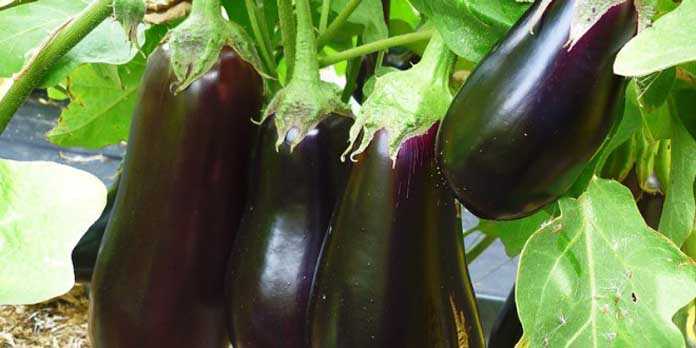
Баклажаны нуждаются в регулярном поливе, особенно в период цветения и созревания плодов. Однако избегайте переувлажнения почвы, чтобы не создавать условий для развития грибковых заболеваний, включая фитоспороз. Регулируйте полив в зависимости от погоды и состояния почвы.
Предупреждение фитоспороза
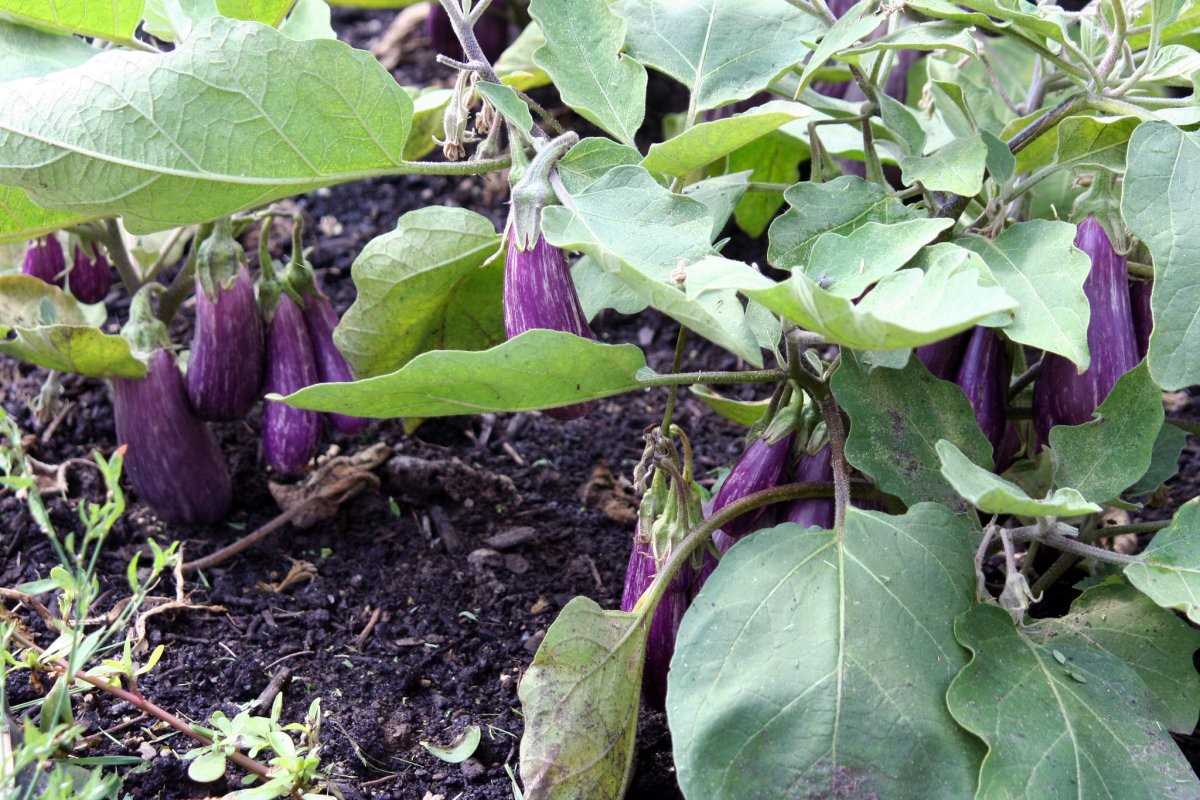
Для предотвращения фитоспороза у баклажанов следует ухаживать за растениями и проводить профилактические мероприятия. Это включает удаление пораженных листьев и плодов, обработку растений специальными препаратами и соблюдение санитарных норм.
Важно помнить, что каждый сорт баклажанов может требовать некоторых специфических условий для оптимального роста. Поэтому при выборе сорта и уходе за ними рекомендуется обращаться к информации от производителя или консультироваться с опытными садоводами.
Вопрос-ответ:
Каким образом можно предотвратить фитоспороз у баклажанов?
Для предотвращения фитоспороза у баклажанов необходимо проводить профилактические мероприятия, такие как регулярная обработка растений специальными препаратами, удаление пораженных растений, подкормка баклажанов, а также обеспечение хорошей вентиляции и увлажнения почвы.
Как правильно ухаживать за баклажанами в открытом грунте?
Для правильного ухода за баклажанами в открытом грунте необходимо регулярно поливать растения, подкармливать их удобрениями, мульчировать почву, обрабатывать от вредителей и болезней, а также следить за температурными условиями и освещением.
Какие симптомы свидетельствуют о поражении баклажанов фитоспорозом?
При поражении баклажанов фитоспорозом можно наблюдать такие симптомы, как появление коричневых пятен на листьях, желтение и опадение листьев, гниение плодов, а также образование белых налетов на растениях.
Какие специальные препараты можно использовать для борьбы с фитоспорозом у баклажанов?
Для борьбы с фитоспорозом у баклажанов можно использовать специальные препараты, такие как фунгициды на основе меди, бордоскую жидкость, препараты на основе меди и каптофита, а также биопрепараты на основе бактерий.
Какие условия необходимы для хорошего роста и развития баклажанов в открытом грунте?
Для хорошего роста и развития баклажанов в открытом грунте необходимо обеспечить растениям достаточное количество солнечного света, оптимальную температуру и влажность, а также качественную почву с хорошей дренажной способностью.


